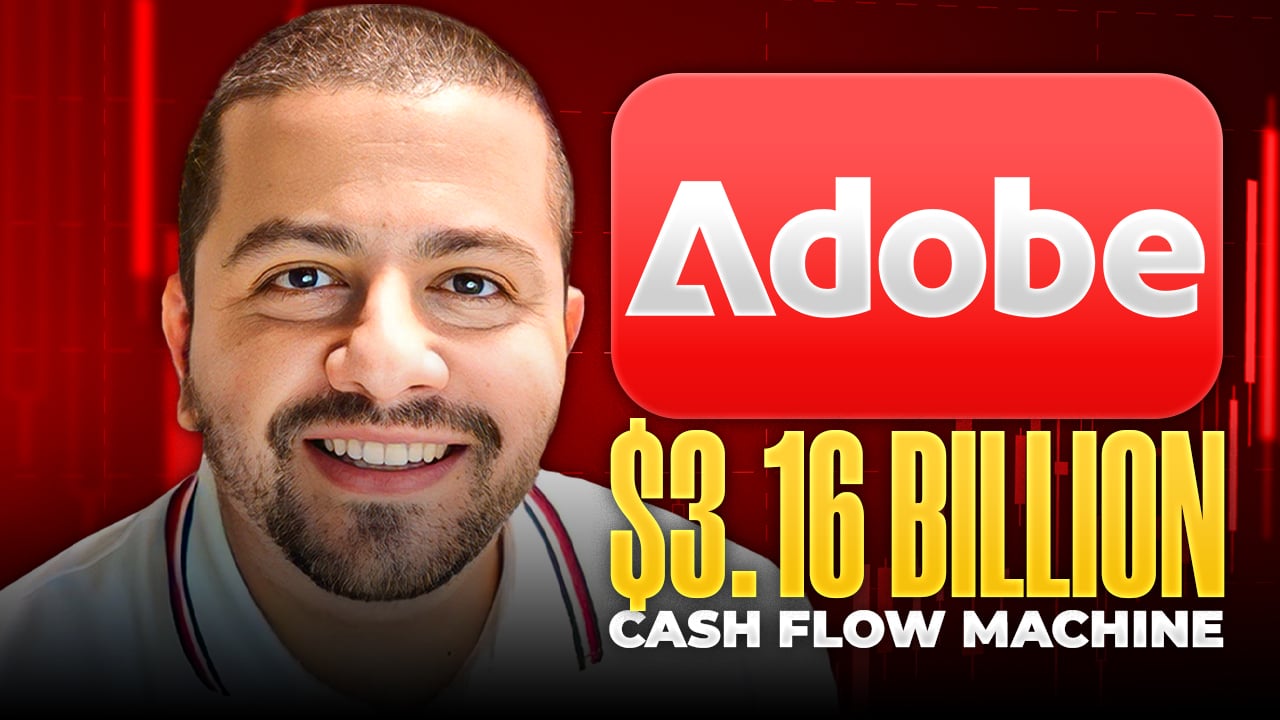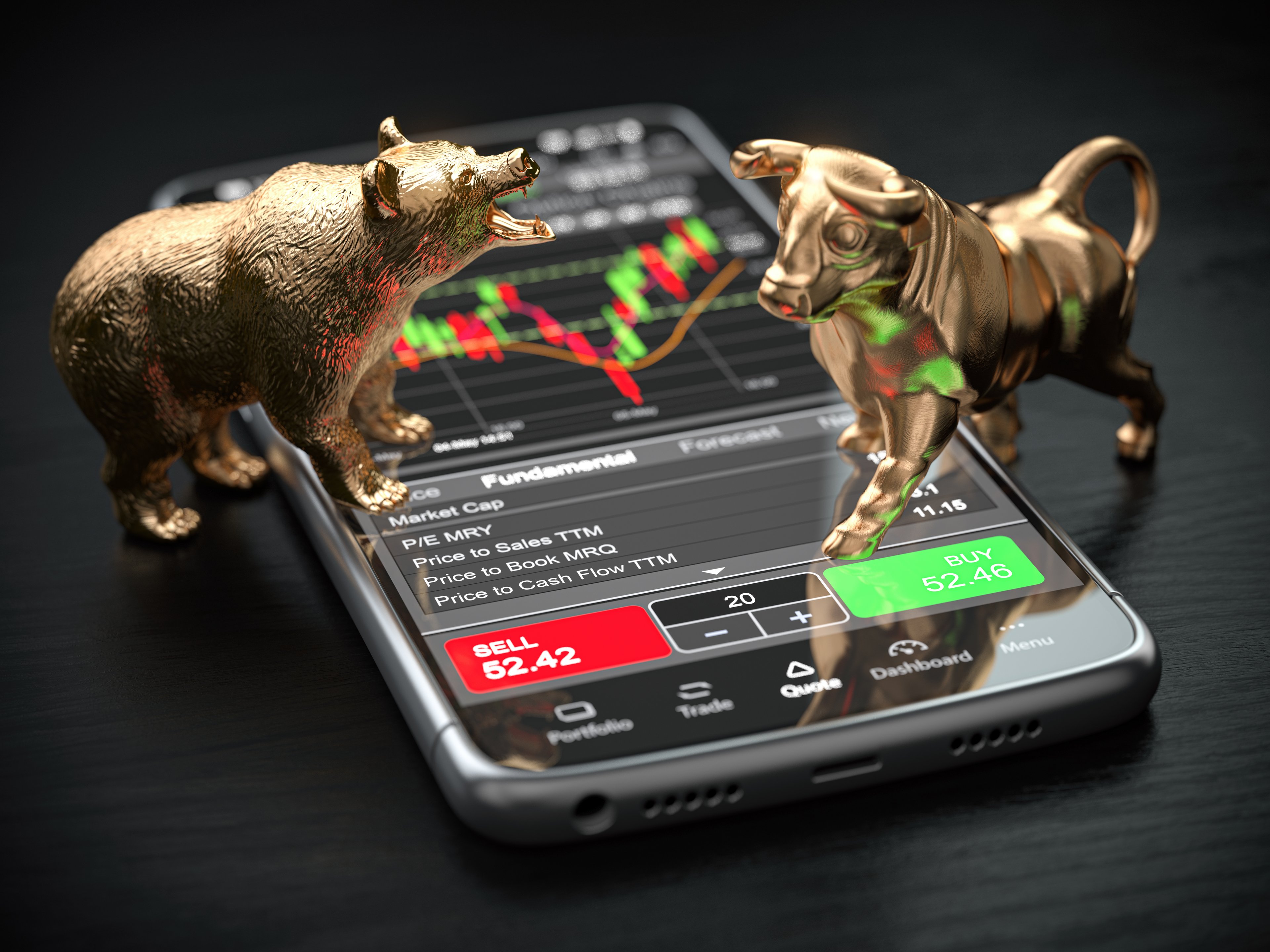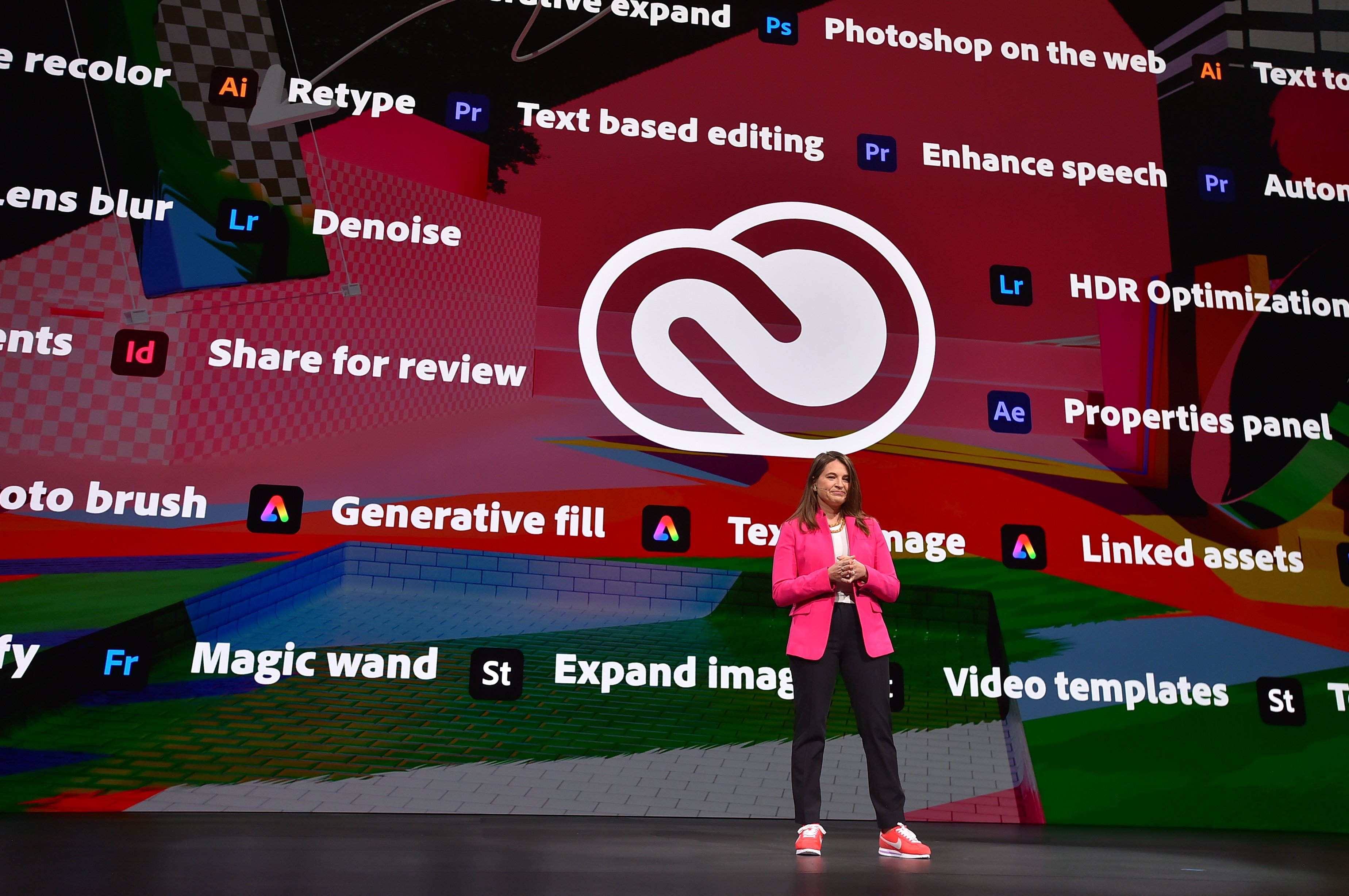Adobe is one of the few software companies from the early days of the personal computer that has managed to maintain its relevancy and brand power. In fact, I'd argue that Adobe's strength as a business has only increased as the years have gone by.
Fear not, investors who don't yet own the stock haven't completely missed the opportunity, as I expect it to continue to be a winner in the coming years -- which is why I finally pulled the trigger and purchased some shares for myself.
Monopolistic market position in creative software
What I like most about Adobe is its strong position in creative software. The company sells a suite of software products that almost every creative professional uses, including Photoshop, Illustrator, and InDesign.
Many of its products would be killer apps on their own, but Adobe takes its value proposition to the next level by bundling all these products together in a package and offering them for a relatively affordable monthly subscription fee. Most serious designers use Photoshop to edit graphics; if they already subscribe to Photoshop and also want animation software, they might as well use Adobe's Illustrator.
While it's foreseeable that someone else could make compelling video or photo-editing software, it would be extremely difficult for a competitor to offer a full suite of solutions at a quality level similar to Adobe's, and price that software competitively.
This dynamic has given Adobe a monopolistic market position in creative software. As a result, the company has pricing power, customer retention of over 90%, and very high margins.

Image source: Getty Images.
Fast-growing marketing software business
Adobe's creative software is a cash flow machine. Last year, Adobe generated $4 billion in operating cash flow from $9 billion in revenue -- for an operating cash flow margin of 45%.
The company has used that mammoth cash flow to buy back billions of dollars' worth of stock, and to make acquisitions to build its marketing-software business. Since 2017, Adobe has spent nearly $7 billion on a handful of acquisitions that have propelled it into a leadership position in that industry.
Adobe estimates that marketing software will be at least a $50 billion opportunity. The company's approach is similar to its creative software strategy: Adobe is building a portfolio of products that cover a full spectrum of needs, so it can bundle the software to gain an edge over the competition.
The strategy is sensible and appears to be paying off. Last quarter, Adobe reported a 34% year-over-year increase in marketing software revenue, and then raised its 2020 guidance for segment growth.
Reasonable valuation
With its strong market position, attractive growth, and high margins, Adobe is a stand-out business. This is why I was surprised to discover that Adobe's valuation is quite reasonable. On a forward-looking basis, Adobe is available for 31 times the company's expected earnings per share in 2020.
A price-to-earnings multiple of 31 times sounds expensive, but it needs to be put into the context of Adobe's organic growth rate, which is expected to be 18% in 2020. Adobe is cheaper than salesforce.com, despite significantly higher margins, and Adobe is slightly more expensive than Microsoft, despite a much higher organic growth rate:
| Company | 2020 Estimated P/E | 2020 Estimated Sales Growth |
|---|---|---|
| Adobe (ADBE 0.71%) | 31 | 18% |
| Salesforce (CRM 0.38%) | 55 | 23% |
| Microsoft (MSFT 0.76%) | 28 | 12% |
Data source: S&P Global Market Intelligence.
This analysis shows that Adobe is in a Goldilocks position: It's a little expensive, but not too expensive, and has an attractive level of growth. And of course, its numbers are supported by an enduring brand and a robust subscription business model.
Paint me bullish
Adobe checks all the boxes for me as an investment. It's a high-quality company with attractive growth prospects and a reasonable valuation. On top of all that, the company has a straightforward business model that is easy to understand. My hope is to hold Adobe for the long run, and let the stock compound in value.








